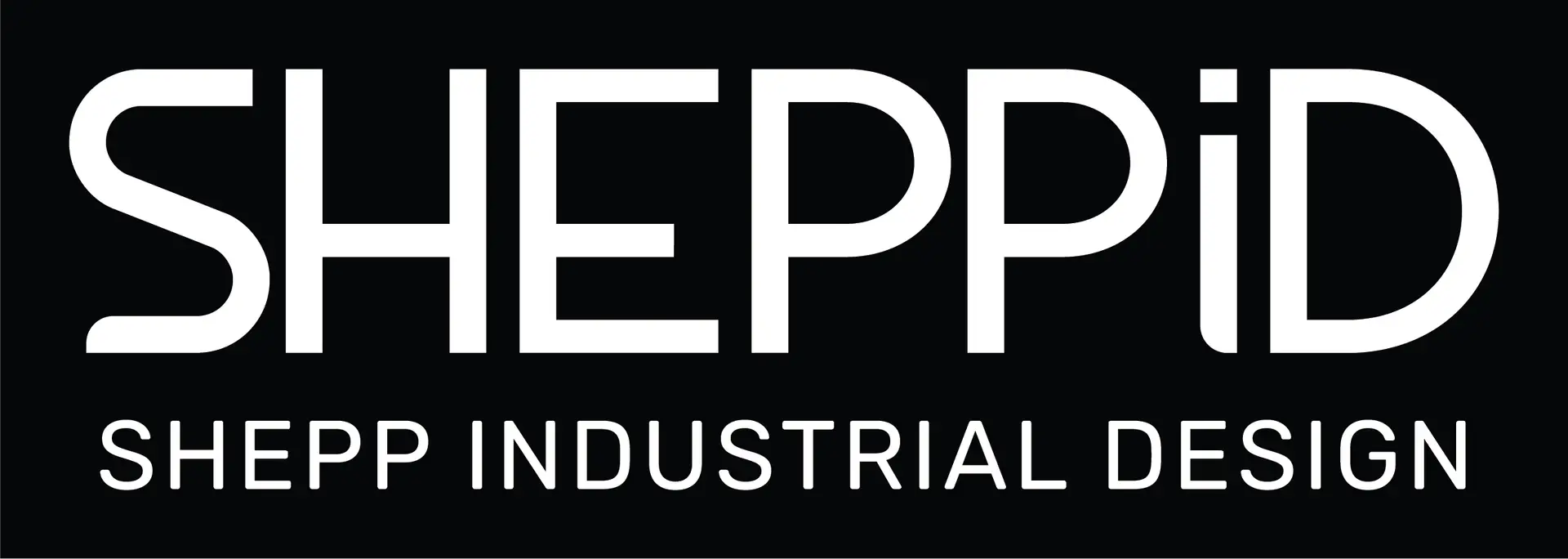Turning an idea into something you can actually sell means that you need to refine and polish the ideas, first.
To create successful, marketable products, we must thoroughly evaluate our ideas. Ideas based on only internal opinions or personal rules of thumb may lack objectivity and contain some risks.
In product development, there are a lot of methods to do this. The following steps will help you get organized.
Step 1: Collect Qualitative Information
First, gather qualitative information related to the product development theme. One of the most popular methods to collect qualitative information is conducting group interviews. Focus on a specific user segment, and form several groups of about 5-6 people each. Let them freely exchange opinions on matters related to the product development theme. During this time, the facilitator should guide the discussion to ensure it expands as much as possible.
Personal interviews are also a useful method to gather qualitative information. Like group interviews, personal interviews focus on a specific user segment, but information is collected one-on-one. This method is beneficial when you want to delve deeper into the product development theme.
Another effective and popular method for collecting information is conducting user surveys to gather their behavior information related to the product development theme.

Step 2: Summarize And Analyze Qualitative Information
Once the information is collected, the next step is to identify and document parts relevant to the product development theme. Carefully review these documents to envision the typical situations for users.
From the analysis, gain insights into the psychology behind users’ situations and their purchasing processes. Finally, recognize these patterns and categorize them accordingly.
Step3: Generate Ideas
The ideas will be generated from the previously gathered information.
The important thing is to keep these ideas in documents and other materials.
When you develop ideas, use the all important keywords identified through the previous processes.
Key points for idea generation include identifying where users feel pain or stress, understanding changes in user perception, recognizing new needs, and proposing novel solutions that haven’t existed before. It is important to generate multiple ideas at this stage, without narrowing them down.

Step 4: Narrow Down Ideas
In the next step, narrow down the generated ideas to make sure if they’re feasible for commercialization. Firstly, evaluate the compatibility of each idea with the market. Each idea is assumed to target a specific market based on qualitative information and market situation analysis.
The ideas should have a target market based on qualitative information and/or analysis of the market situation. Group those markets to which each idea belongs. Then, evaluate the grouped markets to find the best fit market for the company.
Next, evaluate the compatibility of the ideas with your company as well. Consider the overall business domain, the relationship with existing products, and the adaptability of your company’s technology.
By evaluating both the external and internal environments in this manner, you can effectively narrow down your ideas.
The key is Understanding the Market and Users
The methods introduced here are basic, but it is invaluable for understanding your users. By conducting a variety of analytical techniques, you can gain deeper and more objective insights into user behavior and psychology.
The key to successful idea generation is to identify your target market and understand your users accurately and thoroughly without assumptions or subjective bias.



